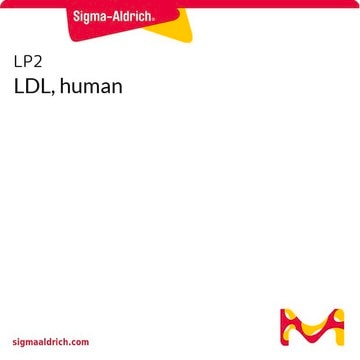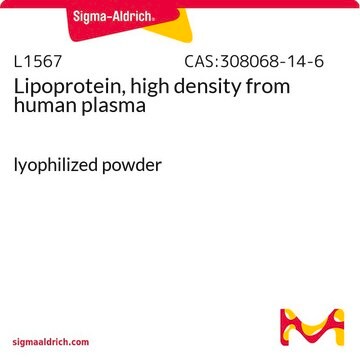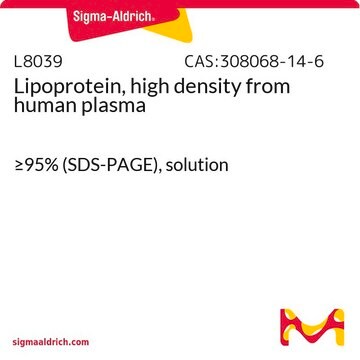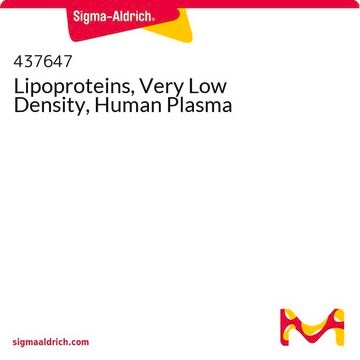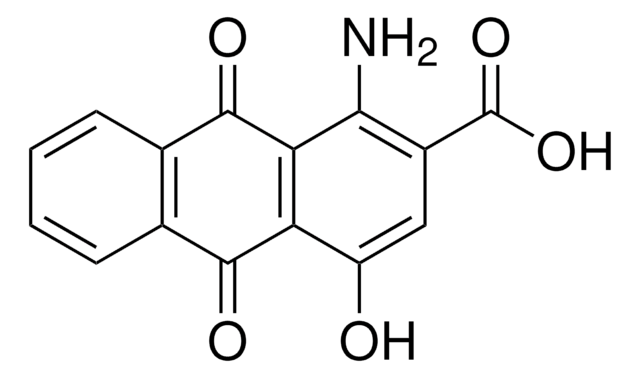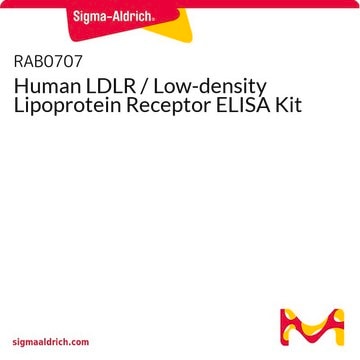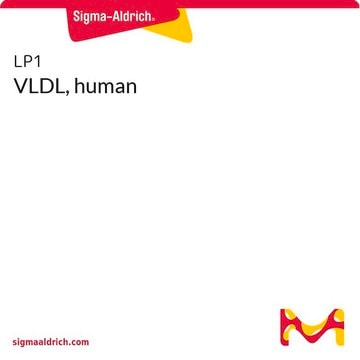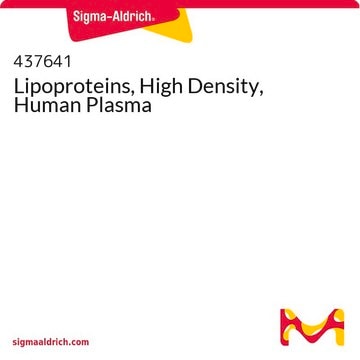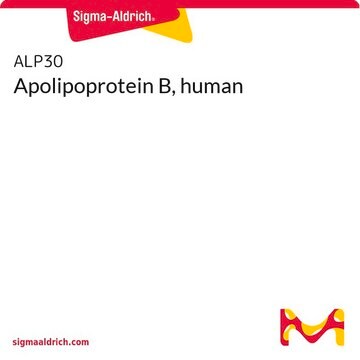To thaw the product, it should be quickly thawed in a 37°C water bath and removed as soon as it is thawed. The product should then be stored at 2 – 8°C for up to one week, at -20°C for up to three months, and at -70°C for up to 24 months. For further dilutions, it should be diluted with 0.15 M sodium chloride.
SAE0053
Lipoprotein, low density from human plasma, solution
Synonym(s):
LDL, Low density lipoprotein, beta-lipoprotein
About This Item
Recommended Products
Related Categories
Biochem/physiol Actions
LDL and HDL transport both dietary and endogenous cholesterol in the plasma. LDL is the main transporter of cholesterol and cholesteryl esters, and makes up more than half of the total lipoprotein in plasma. LDL is absorbed by the liver and other tissues via receptor mediated endocytosis. The cytoplasmic domain of the LDL receptor facilitates the formation of coated pits; receptor-rich regions of the membrane. The ligand binding domain of the receptor recognizes apo-B100 on LDL, resulting in the formation of a clathrin-coated vesicle. ATP-dependent proton pumps lower the pH inside the vesicle, resulting in dissociation of LDL from its receptor. After loss of the clathrin coat, the vesicles fuse with lysozomes, resulting in peptide and cholesteryl ester enzymatic hydrolysis. The LDL receptor can be recycled to the cell membrane. Insulin, tri-iodothyronine and dexamethasome have shown to be involved with the regulation of LDL receptor mediated uptake
Disclaimer
Storage Class Code
10 - Combustible liquids
WGK
WGK 3
Flash Point(F)
Not applicable
Flash Point(C)
Not applicable
Choose from one of the most recent versions:
Certificates of Analysis (COA)
Don't see the Right Version?
If you require a particular version, you can look up a specific certificate by the Lot or Batch number.
Already Own This Product?
Find documentation for the products that you have recently purchased in the Document Library.
Customers Also Viewed
-
When working with LDL (SAE0053), is it acceptable to store a working solution at 4°C if used within the same week for several treatments? Alternatively, can LDL go through freeze-thaw cycles?
1 answer-
Helpful?
-
-
What is the difference between products SAE0053 and 437644 (both LDL from human plasma)? Can you provide more characetristics of SAE0053 product?
1 answer-
Regarding Product SAE0053, the volume and concentration are not fixed, the only certainty is that the total cholesterol content of one bottle is 10mg. The total LDL particle concentration (protein+cholesterol+other lipids) is not currently determined, but based on published literature it is expected to be approximately twice the cholesterol concentration.
Please see the link below for testing performed on this product:
https://www.sigmaaldrich.cn/specification-sheets/228/747/SAE0053-10MG______SIGMA____.pdf
Regarding Product 437644, a 10 mg vial contains ~2 mg of protein. This product is under the product line Calbiochem®. The formulation is 150 mM NaCl, 0.01% EDTA, pH 7.4. The source of this material is prepared from plasma that has been shown by certified tests to be negative for HBsAg and for antibodies to HIV and HCV.Please see the link below for testing performed on this product:
https://www.sigmaaldrich.com/specification-sheets/228/747/SAE0053-10MG______SIGMA____.pdfHelpful?
-
Active Filters
Our team of scientists has experience in all areas of research including Life Science, Material Science, Chemical Synthesis, Chromatography, Analytical and many others.
Contact Technical Service
